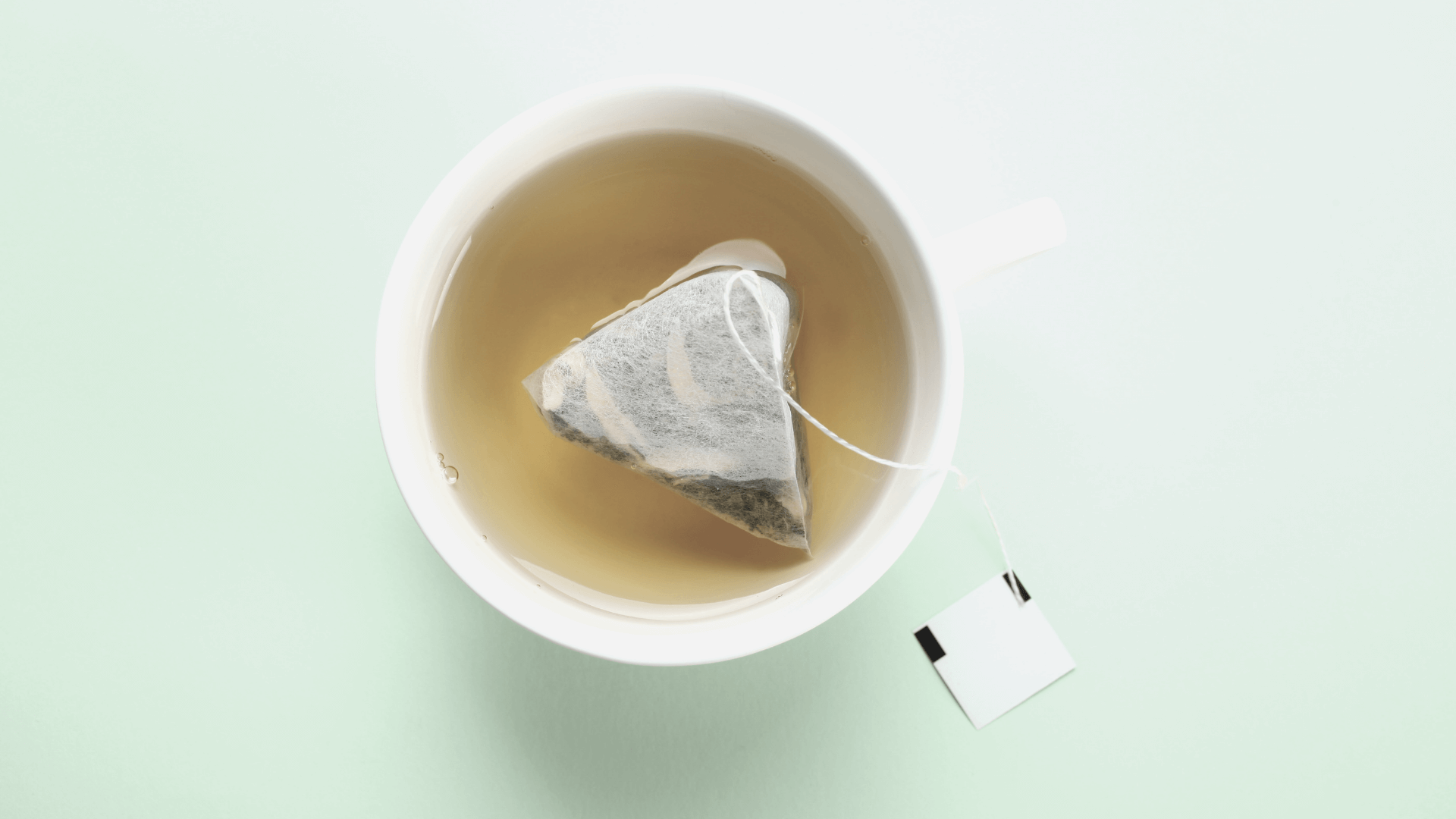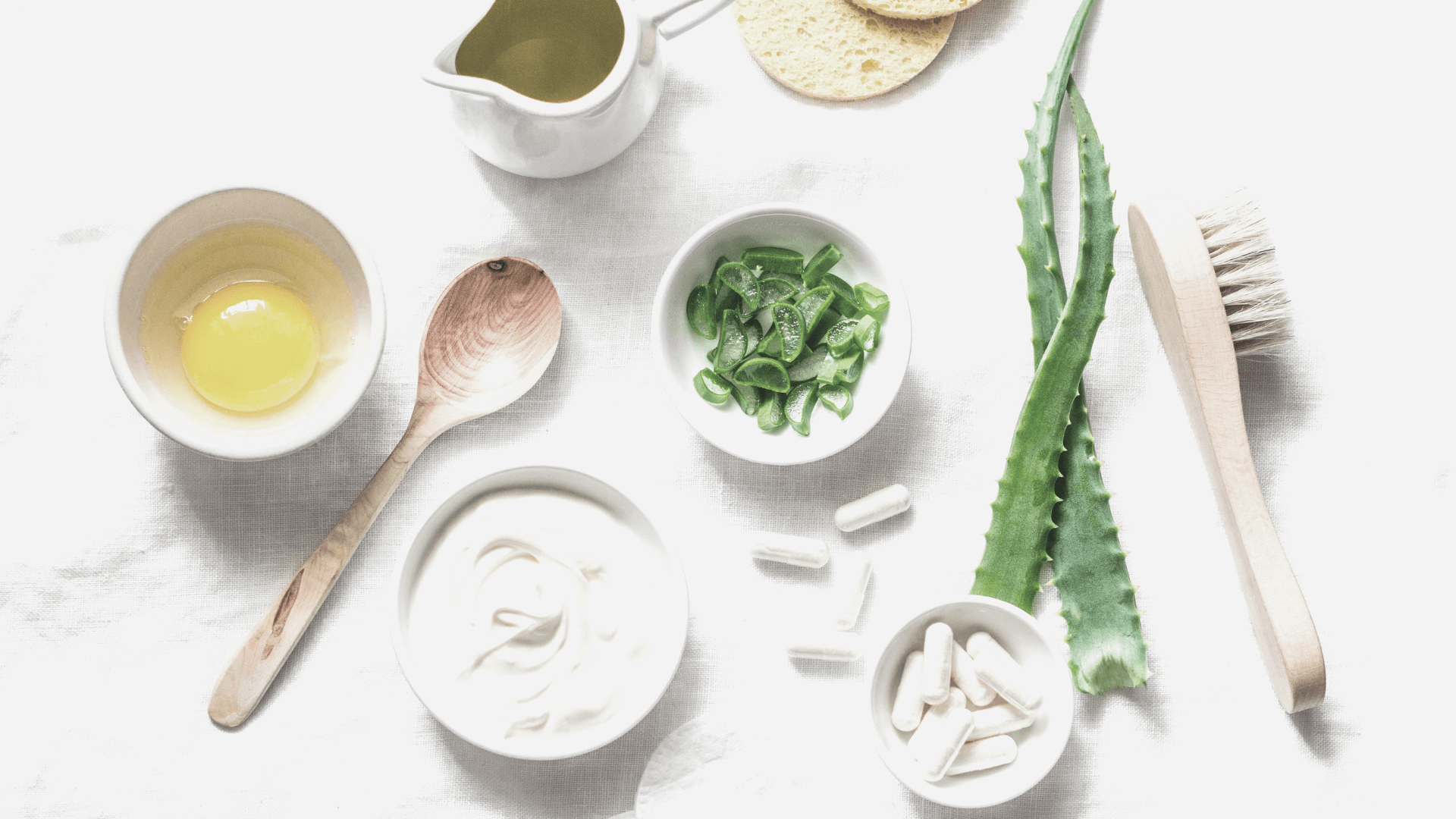Scary Food Additives Part 1 is today.
We will then move on to Part II + Part III. I could go on and on, but we’ll just stop right there for now.
It’s Halloween.
Scary looms everywhere.
Yesterday as I was skimming through the latest Safeway weekly ad, my eyes were immediately drawn to this one:
Of course, it’s not gluten free, but more than that, all I could think about was how perfectly Hostess named it: Scary Cakes.
There is nothing un-scary about the nastiness that goes into a product like this. It’s so nasty that the truth is I couldn’t even find the ingredients in this product. If you want the Hostess product ingredients, I think you have to contact them. This, by the way, is absolutely ridiculous to me.
I didn’t contact them because I don’t care. I won’t eat their scary products.
But it reminded me that I’ve been meaning to research and write more about food additives.
Scary Food Additives Part 1
Click HERE to save this post for later.

What is a Food Additive?
Simply put, a food additive is a food label ingredient that would take a Chemistry degree to pronounce.
The FDA describes food additives as, “any substance the intended use of which results or may reasonably be expected to result — directly or indirectly — in its becoming a component or otherwise affecting the characteristics of any food.”
In other words, a food additive does exactly what it describes: adds to food, but not necessarily in a good way.
What is the difference between a Food Additive and Food Preservative?
A food preservative is just a group of food additives.
Preservatives preserve food. Some are natural and okay (think: sugar and salt for canning).
Others are unnatural and additives (think: nitrates and sodium chloride).
Why do I have to avoid Food Additives if I have Irritable Bowel Disease or Irritable Bowel Syndrome?
Many (not all) food additives are chemicals. Chemicals can and will irritate the digestive tract. Food additives will not only slow your gut-healing progress, but they will make it even worse as you develop a leaky gut (to counter, 31 specific things to heal a leaky gut).
If you aren’t already intolerant of or allergic to certain foods, continuing to eat food additives will likely cause a food intolerance to develop. Why? Because food intolerance can be triggered by food chemicals which cause reactions by irritating nerve endings in different parts of the body, rather in the way that certain drugs can cause side-effects in sensitive people.
Those who have IBS and/or IBD can even be affected by the direct (vs. indirect) food additives like Xanthan Gumand Carrageenans.
That’s it for today. Sounds so common sense; so simple, right? It is.
Knowing is only half the battle, though.
The other half is taking action.
Noodle on it. I’ll be back tomorrow with specific scary food additives.
p.s. Need some quick ideas for Tricks Not Treats? Check THESE out. Better yet, peruse my TREATS.
Xox,
SKH

You will heal. I will help.








Tricky little guys, aren’t they?? I’ll be honest, even when I ate every piece of junkfood I could get my hands on, I wasn’t a fan of their snacks….just gross!
Yeah, icky:)
Processed food companies are sneaky… I mean, “natural” flavors?! Pretty sure those natural flavors are scary additives! Even scarier… that the ingredients aren’t listed on the website! A quick google search found this interesting NYT Well article on the twinkie: http://well.blogs.nytimes.com/2012/01/20/looking-inside-the-twinkie/
Love that article, Erin! Thanks for sharing!
sigh… EVERYTHING is a chemical! We are chemically-based organisms. (lots of carbon, oxygen, and nitrogen). An apple -fresh from the tree- is chemicals.
I know that people want to mean the word to be “bad things” but in and off itself “chemicals” is not bad.
“If you aren’t already intolerant of or allergic to certain foods, continuing to eat food additives will likely cause a food intolerance to develop.”
This made SO much sense to me! As we age, we all tend to develop allergies to chemicals and substances we are overly exposted to. Doctors commonly develop allergies to latex. My grandmother, who spent most of her life as a hairdresser, is allergic to TONS of different chemicals (cleaners, perfumes, you name it!) now due to daily exposure to toxic hair colors and other hair treatment chemicals. So, it makes perfect sense that with repeated exposure to chemical food additives, artificial sweeteners and other “stuff” in our food supply (corn, soy, wheat), that we would begin to develop allergies and intolerances to those chemicals. Can’t wait to read the rest of this series! 🙂
Hi Jessie! Thanks…it’s the truth.